FICTION
For almost five decades now, legendary newspaperman Jimmy Breslin has dispensed wisdom, wit and justice with his hard-hitting columns. But Breslin has also published a dozen books now, and his novels have inspired a generation of Irish American writers. His 1973 novel World Without End, Amen chronicled the civil rights movements in both America and Northern Ireland, while his 1986 classic Table Money is a harsh, brilliant look at life among Queens Irish union men.
This time around, in his often hilarious new novel I Don’t Want to Go to Jail, Breslin looks at modern-day gangsters in Little Italy and Greenwhich Village.
I Don’t Want to Go to Jail is an offbeat riot, a serio-comic look at violent, poignant gangsters such as Fausti “The Fist” and Baldy Dom – not to mention John Gotti. Breslin takes his readers not just into the alleyways along Bleecker and Sullivan Streets, but out to Queens and the Rockaways, blending fact and fiction, past and present.
As always, Breslin’s inspiration begins with the streets. He writes: “The Village daylight is an artist’s assistant. Perhaps it is the metallic content of the old buildings that causes a reflection seen nowhere else in the city. Unlike so many other parts of New York, the Village sky has not yet been stolen.”
From the landscape, Breslin then moves to the people.
“The Village…was worthy of its beginnings by the way bohemians were able to live and grow famous amidst Irish and Italians, the breeds most suspicious of outsiders, and capable at any odd moment of exploding into uncommon violence.”
Breslin’s first book since I Want to Thank My Brain for Remembering Me (which chronicled his brain surgery operation) shows that the Pulitzer Prize-winning journalist still knows how to do fiction as well. (Little, Brown / $24.95 / 306 pages)
_______________
Breslin also once wrote a biography of newspaper legend Damon Runyan, who immortalized New York earlier in the 20th century. For another take on the Runyan era, check out This Place on Third Avenue: The New York Stories of John McNulty. The son of Irish immigrants, raised in Lawrence, Massachusetts, McNulty made his way to the New York newspaper world in the 1940s.
It was there he stumbled upon Tim and Joe Costello’s, an old saloon at 3rd Avenue and 44th Street. It is the voices of saloon folk – laborers, cops, dreamers, drunks – that make McNulty’s poignant stories both comic and tragic. Some of these “stories” are mere sketches. (Many first appeared in The New Yorker.) Nevertheless, McNulty’s writing – along with touching photos by Morris Engel – wonderfully capture a time gone by in New York City. (Counterpoint / $23 / 188 pages)
MYSTERY
A proven master and an up-and-coming Irish American writer both have new mystery novels out.
First there’s Mary Higgins Clark’s latest blockbuster On the Street Where You Live. Clark is on familiar New Jersey turf once again, this time spanning the centuries, in a thriller which revolves around a serial killer. It’s up to Detective Tommy Duggan and Clark’s protagonist Emily Graham to unravel the mystery. Graham is a classic Higgins Clark protagonist. She’s a talented young criminal attorney whose bright future is clouded by a troubled past.
The present isn’t much better for Emily, who – seeking tranquillity after a bitter divorce – discovers a skeleton on the grounds of her old family home.
The subsequent investigation recalls a murder case from 100 years ago, and opens a dark family mystery for Emily. In her 20th novel, Clark’s loyal fans will not be disappointed, as Emily is forced to act, or otherwise fulfill what seems to be a gruesome prophecy. (Simon and Schuster / $26 / 317 pages)
_______________
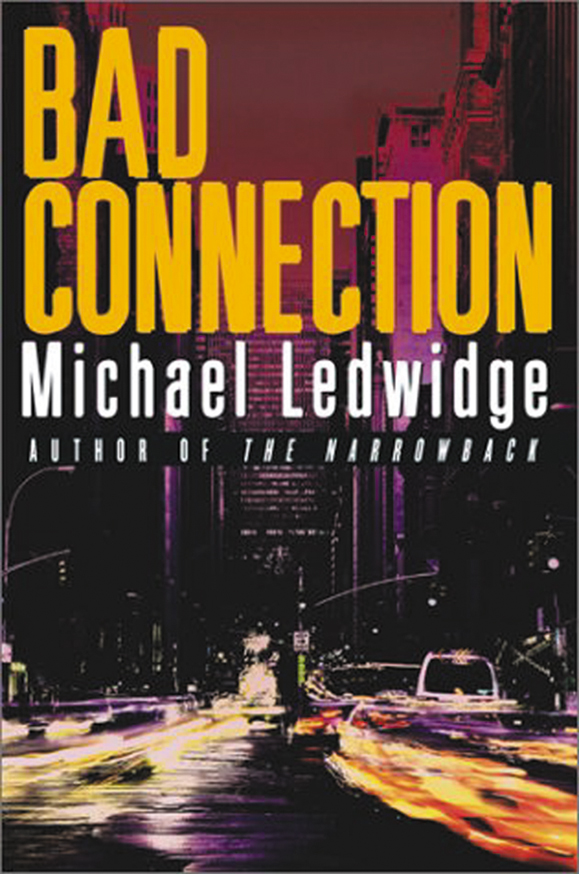
For fans of crime books with a little more edge and grit, Michael Ledwidge’s second mystery novel is out. The follow-up to his surprise hit The Narrowback, Ledwidge again follows a New York Irish American looking to make a financial score in Bad Connection.
Like the author, Sean Macklin is a New York City phone repairman. One day, Sean inadvertently hears information that can help him make a killing in the stock market. Sean needs the extra cash to relocate his disabled wife.
But after enlisting the help of his brother, a cop, Sean realizes he’s in too deep. Ledwidge’s tough-guy prose is occasionally a bit excessive. But wrapping a fast-paced mystery inside a cynical look at the stock market and dot-com boom makes Bad Connection a fine, noir-ish read. (Pocket Books / $23.95 / 263 pages)
NON-FICTION
When (or make that if) Martin Scorsese ever finishes his epic film The Gangs of New York, the old New York neighborhood of The Five Points will be on everybody’s tongues. The star-studded movie, starring Daniel Day-Lewis and Liam Neeson, along with Leonardo DiCaprio, is set in the multiethnic slum, and follows the gang wars between Irish and Italian immigrants. That area now has its own history, on a grand scale, in Five Points: The 19th Century New York City Neighborhood that Invented Tap Dance, Stole Elections, and Became the World’s Most Notorious Slum by Tyler Anbinder, an Associate Professor of History at George Washington University.
Despite its unwieldy title, this is a colorful and useful look at a neighborhood which captures the Melting Pot at its best and worst. Easily one of the toughest spots in a tough city, Irish, black, Chinese, German and other Americans clashed, killed, worked and raised families here.
Charles Dickens himself toured the area, and was aghast at the poverty he saw. In 1855 well over half of Five Pointers were Irish, Anbinder notes, in one of many useful (if a little complicated) charts and graphs. As far back as the 1830s, when riots tore through the Points, there were cries from officials to “keep those damn Irishmen in order.”
Anbinder confronts much of the myth that has swirled around the Points, at times even bringing specific streets and building into impressive focus. With excellent illustrations, Anbinder has produced a valuable, accessible work for any reader interested in urban or ethnic history. (The Free Press / $30 / 512 pages)
_______________
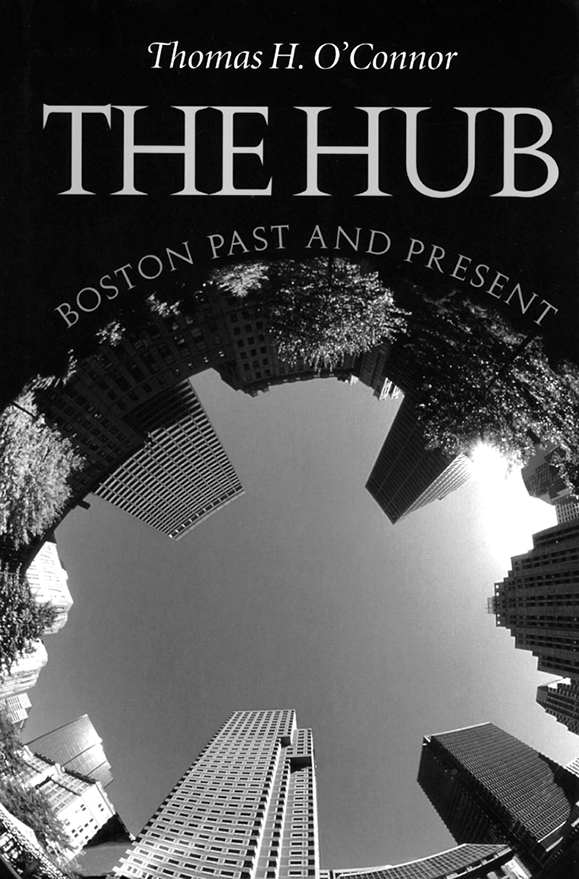
The unquestioned dean of Boston historians pulls back from his studies of specific groups and presents a survey of his native city in The Hub: Boston Past and Present.
Thomas H O’Connor, author of Boston Catholics and The Boston Irish, paints a broader picture this time around. The result, not surprisingly, is that the material feels a little less idiosyncratic and personal than his previous works. Still, as O’Connor notes, there is “really no single, one-volume history that provides either the general reader or the specialist with an overall survey of the three-hundred year history of Boston.”
Particularly interesting is O’Connor’s look at early Boston history. It is easy to forget that Boston was once the preeminent U.S. city, “the Athens of America” as O’Connor calls it. The chronology is a bit confusing here.
O’Connor uses subjects more than dates to organize his book. But his analysis of the profound changes eventually wrought by Irish immigration is impeccable. Boston was a Puritan stronghold, where even by the 1830s the presence of “so many Roman Catholics…conjured up the old fears of a Catholic menace. The Boston Sunday School Union constantly predicted the dangers of a papist revival in America” and one reverend “called upon `native Americans’ to be on guard against a `Catholic Conspiracy.'”
Famously, in 1834, the Ursuline convent in Charlestown was burnt down. In 1837, a group of firemen returning from a call clashed with an Irish funeral procession, resulting in riots.
O’Connor also honestly confronts events 150 years later, when busing enraged Irish Bostonians in the 1970s. While it would have been great to see O’Connor focus on another smaller slice of Boston, he’s nevertheless produced another fine history. (Northeastern University Press / $23.95 / 310 pages)
MEMOIR
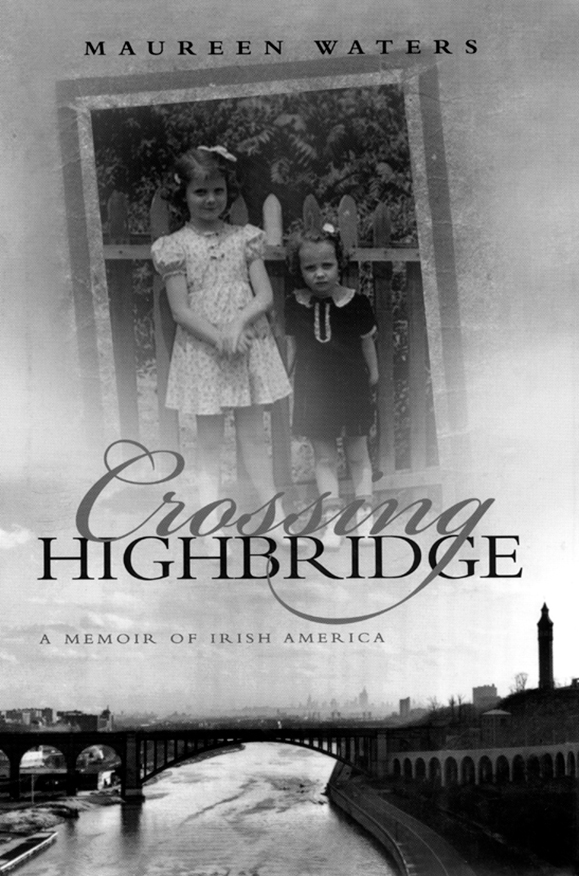
Maureen Waters was the first member of her family not born in Ireland, and grew up in the southwest Bronx neighborhood of Highbridge. She would leave the Irish ghetto to become a respected academic, who has lunched with Mary Robinson, and runs the Irish Studies program at Queens College.
Sadly for Dr. Waters, there is more. There is a bad marriage. There is cancer, and a rebellious son, whose life ended tragically on New Year’s Eve in 1992.
But out of this tragedy, Waters has spun a mesmerizing new book: Crossing Highbridge: A Memoir of Irish America. In a mere 140 pages, Waters recreates the thoroughly Irish Bronx of the 1950s, chronicles her mixed emotions as she pursues a teaching career in the 1960s, and confronts tragedy in more recent years.
Waters’ mother came to America from Mayo, her father from Sligo. Both brought from war-torn Ireland passionate nationalist feelings. But Daniel and Agnes Waters also instilled in their children a sense of optimism.
“Though we lived in…a small apartment,” Waters writes, “we had a room with a view, an expanding horizon…. We had a window on America. It belonged to us in all its vividness, with all the possibilities that lurked around the comer or on the other side of the bridge.”
Even in the crowded field of Irish memoirs, Waters’ book stands out. (Syracuse University Press / $23.95 / 149 pages)
POETRY
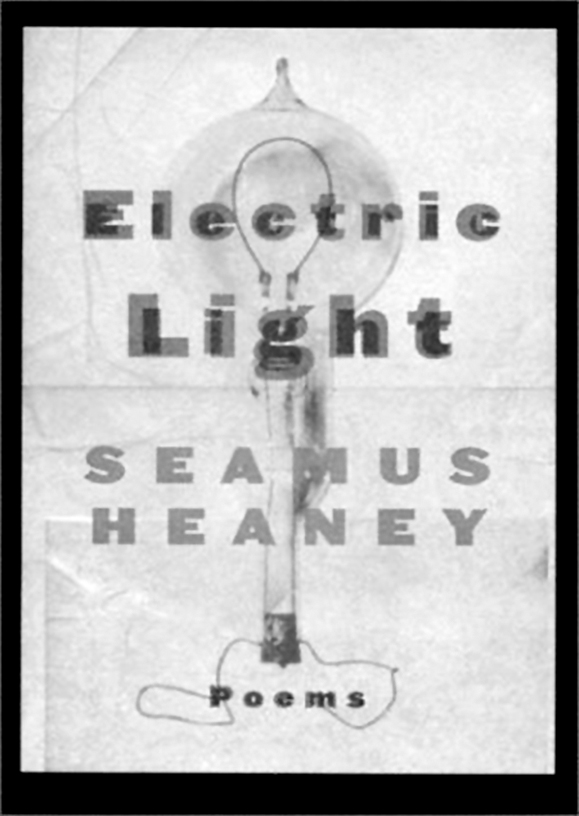
Irish poetry lovers, rejoice – Seamus Heaney’s latest collection Electric Light is now available in the United States. Heaney’s poems perfectly capture subjects which are light, dark, and all the shades in between. The first poem “At Toomebridge” explores “Where the checkpoint used to be. / Where the rebel boy was hanged in ’98. / Where negative ions in the open air / Are poetry to me.” Whether they are long and complex or breezy, the only pleasure greater than reading Heaney’s work a first time is reading it again. (Farrar Straus Giroux / $20 / 98 pages) ♦

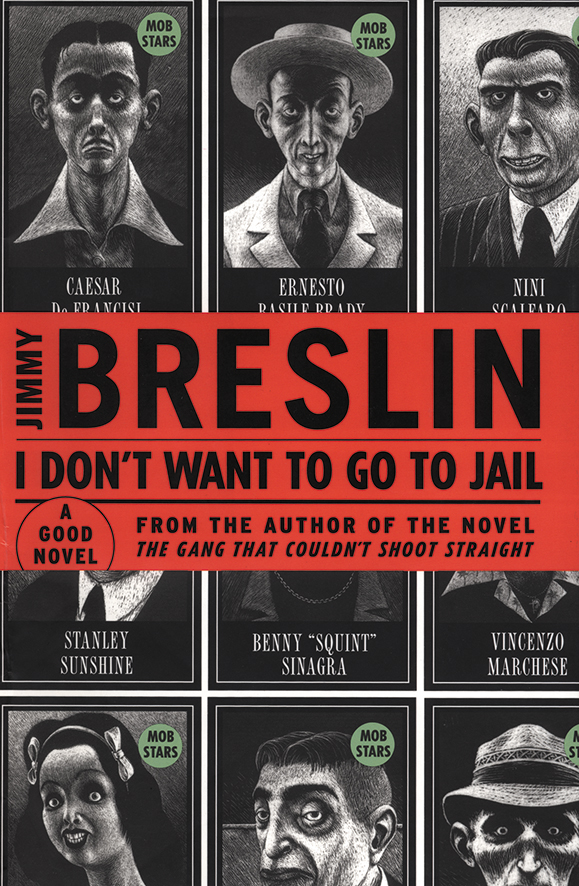
Leave a Reply